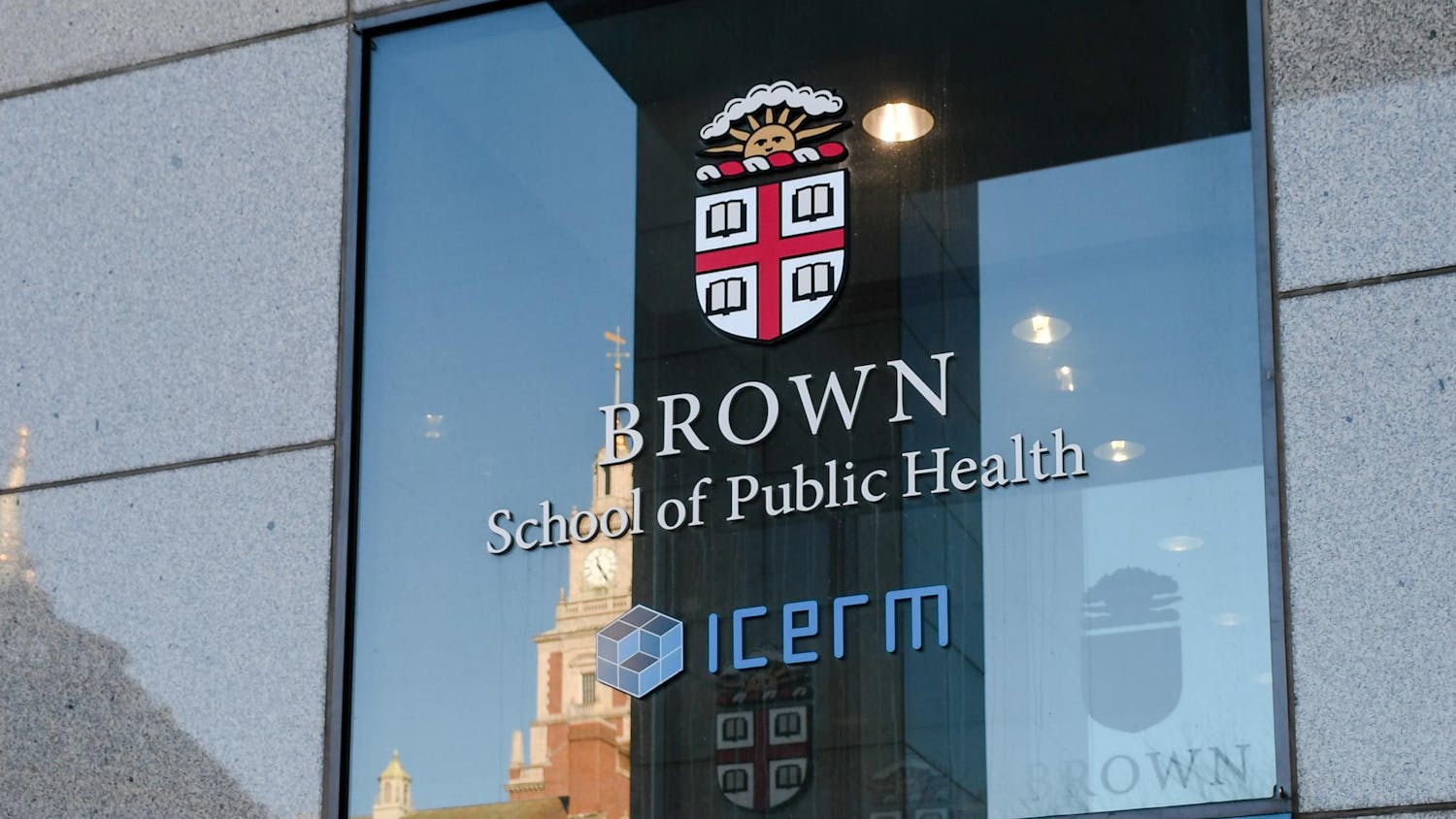One small step for man, one giant leap for Martian kind
In response to requests from NASA for potential landing sites for human exploration of Mars, University researchers have made suggestions based on their research, according to an Oct. 28 University press release.
Professor of Earth, Environmental and Planetary Sciences Jim Head has suggested a spot called Deuteronilus Mensae, which has geological formations similar to those with glacial ice on Earth and contains buried ice.
Any site chosen by NASA needs to be hospitable for human habitation and have access to potential scientific discoveries, according to the press release.
Early in his scientific career, Head worked with NASA to help determine landing locations for the Apollo missions.
“We learned a lot about selecting sites of high scientific interest, planning traverses across those landing sites and using scientific approaches to solving complex problems,” Head said in the press release. “We can do likewise for Mars.”
BCM theory better supported
A paper published in the journal Nature Neuroscience provides new support for a theory of neuron plasticity called the BCM theory, which was developed at Brown, according to a Nov. 2 University press release.
The BCM theory — created by Associate Professor of Applied Mathematics and Neuroscience Elie Bienenstock, Professor of Physics and Nobel laureate Leon Cooper and Associate Professor of Neuroscience at the University of Pittsburgh Paul Munro — explains the thresholds at which groups of neurons fire.
The paper relies on a different approach to support the BCM theory, using math to examine how learning occurs at the neuron synapses of primate cortexes when exposed to various stimuli.
Professor of Neuroscience David Sheinberg is an author of the study, along with researchers at the University of Chicago.
“This is a very interesting paper,” Cooper said in the press release. “It confirms the basic assumptions of BCM synaptic modification by a method very different from those usually employed.”
Engineering future collaboration
The University broke ground on a new engineering building Oct. 22, which will supplement the existing facility and have room for 15 faculty members, 20 research associates and 15 graduate students, as well as undergraduates, according to a University press release.
Founded in 1847, the University’s engineering program is the oldest in the Ivy League.
As the number of undergraduate engineering concentrators is projected to double from 71 in 2007 to 140 in 2017, the University expects to add 10 faculty members, according to the press release.
The building, located on Manning Walk, will cost $88 million to build, according to the press release. An aim of the new building is to promote collaboration among faculty members and students, Dean of Engineering Larry Larson said in the press release.




